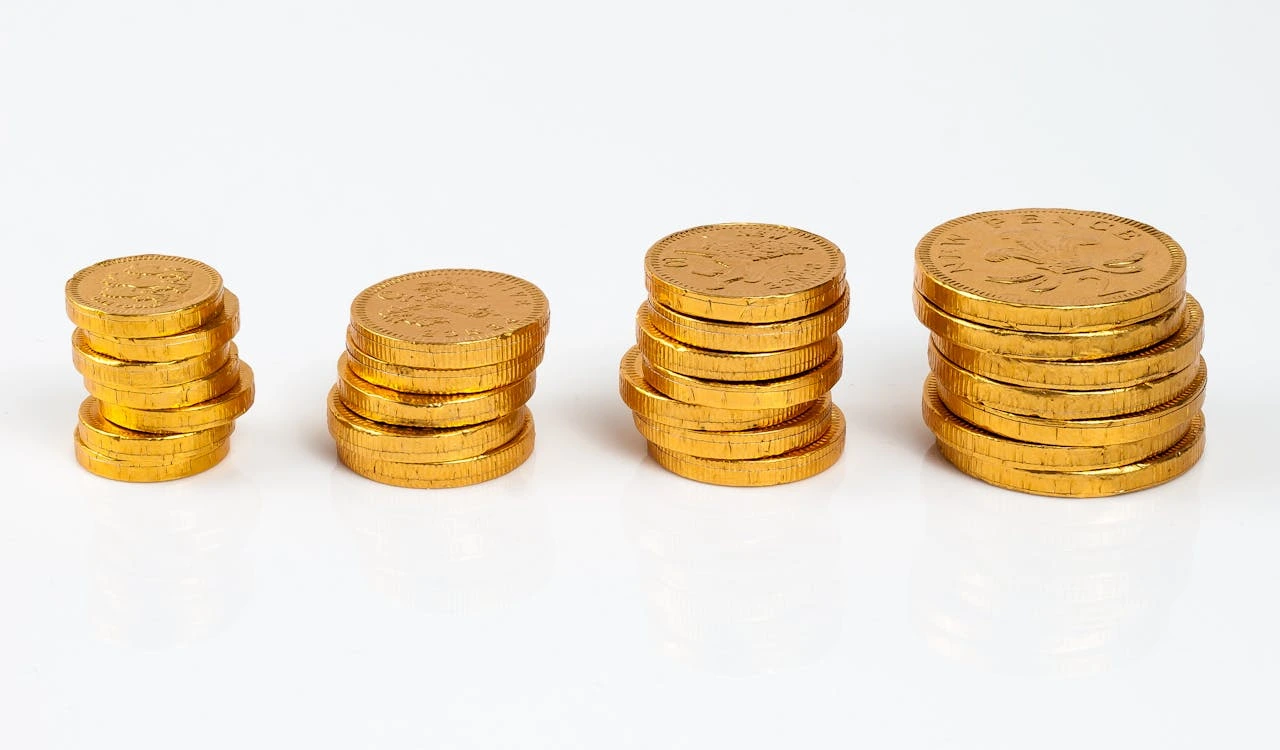Why Small Loans Make a Big Difference: Real Stories of Everyday Wins
Picture a single pebble thrown into a calm pond. The ripples travel far, altering the surface in ways you wouldn’t expect from something so small. In many Filipino lives, a ₱3,000 or ₱5,000 microloan is that pebble — seemingly modest, but enough to shift circumstances, restore balance, and create new momentum.
Not all success stories begin with grand capital or investors. Sometimes, it’s that humble ₱5,000 that pays school fees, restocks your sari-sari store, or fixes a tricycle just before the rainy season. These are everyday wins, quiet, powerful, human. And they show that small personal loan PH options, when used wisely, can be far more transformational than their size suggests.
In this piece, we’ll tell real borrower stories, explore how responsible borrowing builds confidence, and show how microloans serve as building blocks for community-level change.
Everyday Wins from Small Loans
Here are snapshots of how microloans in the Philippines (or daily expenses loan PH) have made tangible impact:
| Loan Amount |
What It Was Used For |
Why It Mattered |
| ₱3,000 |
Medicines & medical bills |
Kept health from derailing income |
| ₱8,000 |
Repair to a tricycle, fridge in sari-sari |
Restored primary income or preserve food stock |
| ₱10,000 |
Restocking inventory |
Prevented stockouts, kept sales going |
| ₱5,000 |
Tuition or school materials |
Kept a child in class rather than dropping out |
Example Story – Marife Andales Samarita
Marife began with a ₱5,000 loan from Grameen Pilipinas to expand her home sewing business. Over multiple cycles, she built trust, scaled up, and turned what was once informal rag-making into a thriving custom clothing enterprise. Dana Asia
Such stories show that small business loan under 10k Philippines is not just “small money”, it’s often the difference between stagnation and growth.
How Responsible Borrowing Builds Financial Confidence
Borrowing isn’t just about receiving capital. When managed well, it becomes a tool for financial self-respect and growth.
- Timely Repayment Strengthens Your Record
Paying on schedule shows lenders you’re reliable. That helps when you request larger or longer-term credit later. Many MFIs in the Philippines emphasize this laddering of trust.
- Access to Future Opportunities
A clean repayment history can unlock bigger loans, lower interest rates, or even access to cooperative capital or community lending pools.
- Discipline Cultivated Through Repayment Cycles
When you align your budget such that loans and interest are part of your fixed obligations, saving for repayments becomes habit. Over time, you internalize a rhythm of “income → expenses → repayment.”
- Psychological Empowerment
Completing a loan on your own terms gives confidence. You realize you can navigate formal financial systems rather than being dependent on informal or high-interest lenders.
Responsible borrowing is more than getting money—it’s building responsible borrowing habits.
Microloans as Economic Building Blocks
Small loans don’t just help individuals—they ripple through communities and the local economy.
- Circulation of Capital
Loan repayments free up capital for lenders, who then lend to the next person. This creates a multiplier effect.
- Trust Enables Community Lending Programs
Many barangays, cooperatives, and MFIs depend on consistent repayment to sustain micro-credit cycles. A default can jeopardize the next person’s opportunity.
- Group Lending & Social Collateral
Some microfinance models rely on group liability (joint accountability) rather than individual collateral. Interestingly, studies in the Philippines found no significant difference in repayment rates between individual vs. group liability models. Innovations for Poverty Action
- Bridging Gaps in Financial Inclusion
By offering emergency microloan PH and loan for small needs PH options, microfinance institutions help those excluded by traditional banking to still access credit. CafAmerica
Microloans can act as economic skeleton keys, small enough to be accessible, impactful enough to open doors.
Conclusion
Every responsible microloan is a quiet victory. It doesn’t always make headlines, but in households and small enterprises across the Philippines, it paves space for resilience, hope, and growth.
It’s not about the size of the loan. It’s about the intention behind it, the discipline it demands, and the trust it builds.
At LoanOnline.ph, we believe that accessible, transparent, and responsible borrowing transforms lives. Whether you need ₱3,000 for medicine, ₱8,000 to fix essential equipment, or ₱10,000 to grow a side hustle, these microloans aren’t small stories. They’re everyday triumphs waiting to be written.
References & Sources
- CAF America — Microfinance in the Philippines: How It Works and Impact CafAmerica
- Dana Asia — From microfinance client to microenterprise (Nanay Poleng case) Dana Asia
- EastWest Banker — How Responsible Borrowing Can Be a Smart Financial Move EastWest Bank
- Research on Philippines microcredit outcomes (IPA / Poverty Action Lab) J-PAL
- Business Inquirer — Goodbye, ‘five-six’; hello, microfinance Inquirer Business
- Dana Asia — Rags to riches: Marife Andales Samarita Dana Asia
- Microfinance: Where small enterprises start success stories (Manila Bulletin) Manila Bulletin
- Tonik Bank blog — Building Bright Futures: Microfinance Loans in the Philippines Tonik Bank
- AMURT Philippines — Philippines – Microfinance (BFI case) AMURT
- Upgrademag — How responsible lending can open doors for Filipinos Upgrade Magazine
- LifeBank Microfinance background Wikipedia
Respició — Microfinance Loan Default: Threats and Legal Implications RESPICIO & CO.
